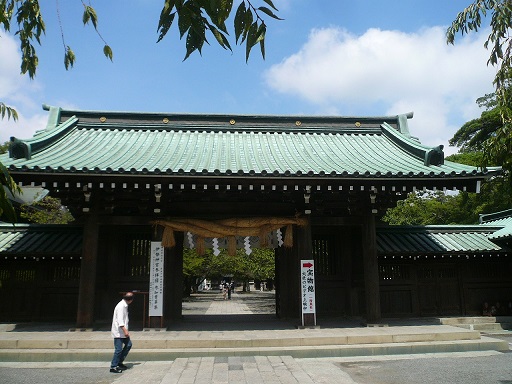
|

|
|
If you walk further to the north, you will see the "Geinoden" Hall on your right. The "Geinoden" Hall used to be the main gate damaged by the earthquake happened in 1930. it was repaired as the "Geinoden" Hall. 
Then, you will see the "Shinmon" Gate. It was built in 1867. The decoration of the gate is very gorgeous. 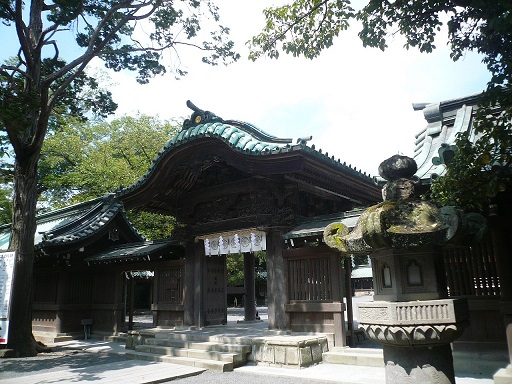
After passing through the "Shinmon" Gate, you will be in the main shrine area. You will see a fragrant olive tree on your right. 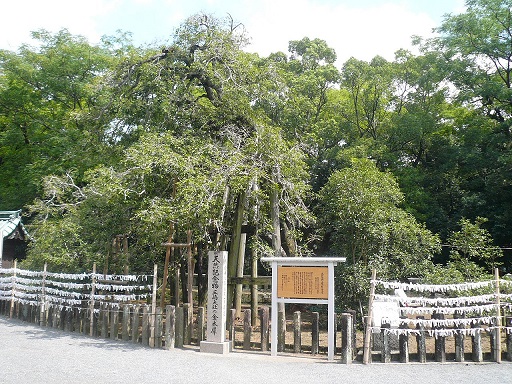
The age of the tree is said more than twelve hundred years old. It is designated a national monument. To the left, you will see the "Maidono" Hall (The below left picture) and the Main Shrine Hall (The below right picture). Traditional dance performances were held at the "Maidono" Hall for dedication. |
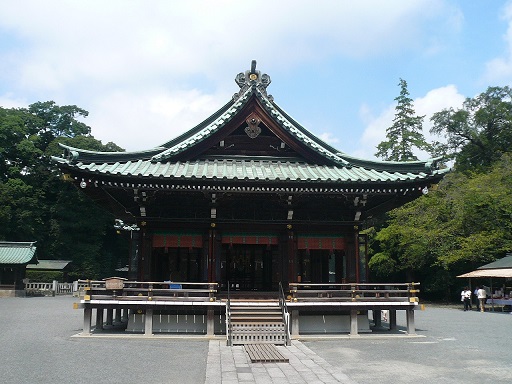
|
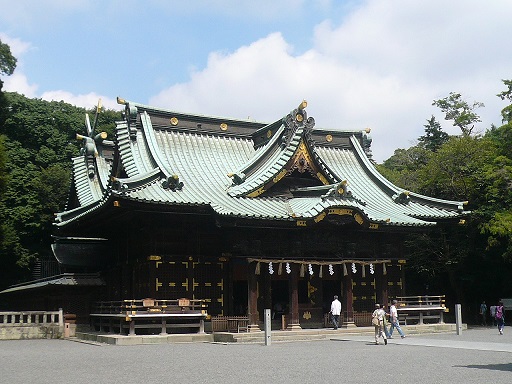
|
|
The Main Shrine Hall was rebuilt in 1866. The most of shrine buildings of Mishima Taisha Shrine were rebuilt in 1866 and 1867, more than ten years after the large earthquake happened in 1854, which completely damaged most of shrine buildings. The Main Shrine Hall is designated as an important property of Japan. Mishima Shrine has been well worshiped because of it's traditional history. HOJYO Masako (1157 - 1225) , who was the legal wife of MINAMOTO-NO Yoritomo (1123 - 1160) , the first "Shogun" in the Kamakura Age (1185 - 1333) , dedicated the "Ume Makie-Tebako", the cosmetic box with gold lacquer of Japanese apricot flowers. The "Ume Makie-Tebako"was designated as a national treasure of Japan.Please refer the page of the HOJYO Clan for the information of MINAMOTO-NO Yoritomo and HOJYO Masako: http://handejapan19.html.xdomain.jp/TravelDestinations/Chubu/HojyoClan_E.html The site of Izu Kokubunji Temple Another historical site in Mishima is the site of Izu Kokubunji Temple. "Izu" Kokubunji Temple was originally built in the early eighth century. 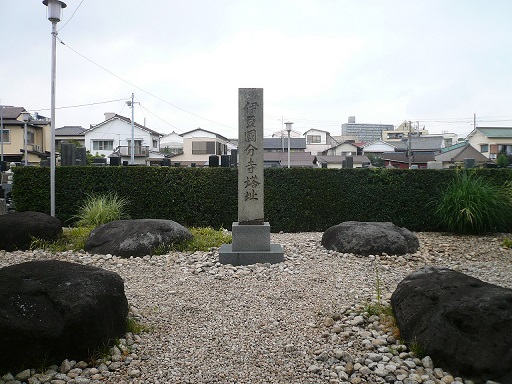
The site of "Izu" Kokubunji Temple is located near Mishima-Hirokoji Station on the Sunzu Line of Izukyu-Hakone Railway. A foundation stone of the Seven-Storied Pagoda remains. The site of "Izu" Kokubunji Temple is designated as a National historic site. In Mishima, very clean rivers flow. |
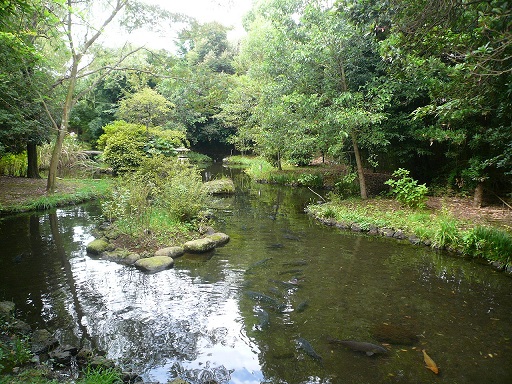
|
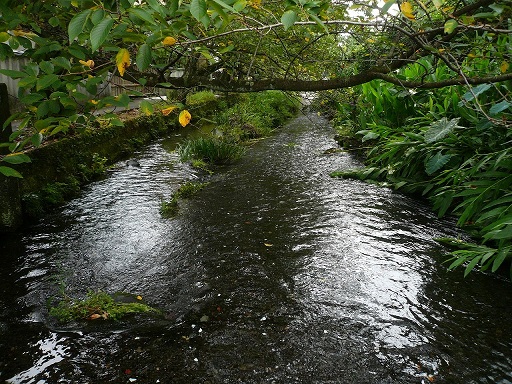
|
|
The source of the river is infiltrated water from Mt. Fuji. The rainwater fell on Mt. Fuji infiltrated into the mountain and comes up at the end of the mountain. Such water is the source of the reivers flow in Mishima. The views of such rivers are impressive. |
|
How to get there
Other Historical Sites near by:
|
 Home Page in Japanese: "Shane's HomePage"
Home Page in Japanese: "Shane's HomePage"